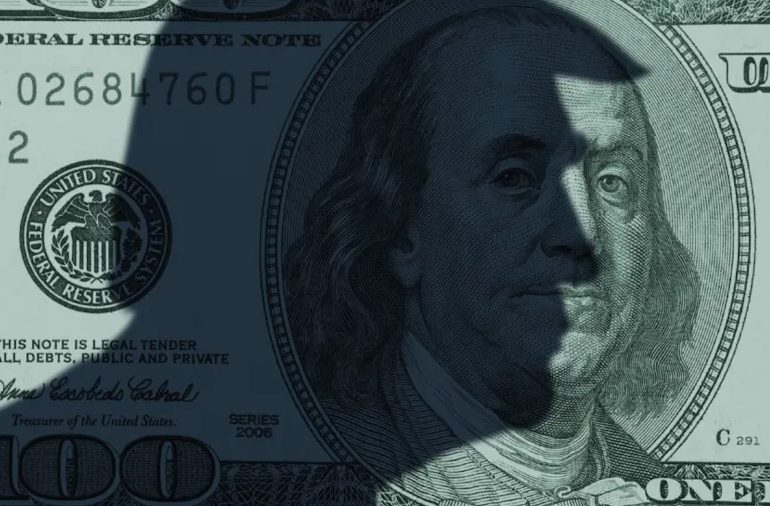De-dollarization is rapidly accelerating across Asia as the US dollar weakens over 9% against major currencies right now. BRICS nations and also local currency initiatives are driving currency substitution efforts, fundamentally reshaping Asia’s financial landscape and challenging traditional dollar dominance at the time of writing.

Also Read: BRICS Currency Alliance Impact on Global Markets
Understanding Asia’s Drive For Currency Substitution, BRICS Ties & Local Currency Gains

De-Dollarization Timeline and Market Response
The de-dollarization process began over a decade ago, but recent developments mark a significant acceleration right now. Bloomberg’s Stephen Chu explains the timeline and also the current market dynamics.

Chu stated:
“This period actually has started. I’d say over 10 years ago, in 2014 when there’s this Russia and Crimea incident. And apparently Russia has started to offload their US Treasuries, and then followed by, of course, China also start to reduce their holdings.”
The current de-dollarization wave represents an unprecedented challenge to dollar supremacy. Markets experienced a rare simultaneous sell-off in US dollars, Treasuries, and also equities, signaling fundamental shifts in global currency preferences.

Chu had this to say about the market’s reaction:
“It’s very clear that market had enough of the tariff game. So they don’t want to care about the reciprocal tariff. They don’t want to wait for any trade trials or trade deal. They just vote by action that they are questioning the credibility of the US, the credibility of the dollar and, of course, US Treasury.”
Asian Currency Substitution and Taiwan’s Surge
Currency substitution efforts gained dramatic momentum when Taiwan’s dollar surged over 10% in two days at the time of writing. This movement reflects broader de-dollarization trends affecting Asian economies with substantial dollar holdings right now.
Life insurance companies holding over $700 billion in foreign assets drove Taiwan’s currency substitution. The expensive hedging costs, reaching double-digit percentages, forced these institutions to seek alternative currencies and also BRICS-aligned options.
Chu explained the hedging situation:
“The implied annualized hedging cost is double digit, over 10% that’s crazy. So you pay 10% to hedge an appreciation. And as just mentioned, it’s not easy to have a 10% appreciation, so it’s that expensive.”
This local currency strengthening represents what Chu describes as a fundamental shift from historical patterns. Asian economies previously faced dollar liability crises, but now confront dollar asset risks amid ongoing de-dollarization and also changing global dynamics.
Also Read: Central Bank Gold Purchases Drive Currency Diversification







